The worst of times: KMB and Malta’s ‘years of lead’
Karmenu Mifsud Bonnici was an unlikely heir to Mintoff, but his inability to defuse the social tensions and street violence provoked by his predecessor’s policies marked his political legacy for life
Even at the height of Labour’s political might after the departure of the British forces in 1979, it seemed Dom Mintoff had reached his apex: a decade of breakneck reforms, foreign policy swashbuckling, and new experiments in education standardisation and national economic policies. The 1980s saw a Labour Party organisation whose ministers had absorbed the party’s activists into the government machine.
“Manoeuvrings were apparently rife to position for replacing him,” former Labour PM Alfred Sant writes in his memoirs of those years, then a young management consultant working for the Ministry of Parastatal and People’s Industries. Public works minister Lorry Sant was a frontrunner, widely suspected of corrupt practices, and openly backed by Labour’s youth league under Ronnie Pellegrini, who never shied away from street violence; Joe Brincat was the deputy leader for party affairs who had won the post from Sant. But it was to be the GWU lawyer, Karmenu Mifsud Bonnici, whom Dom Mintoff had handpicked to install as his deputy leader for party affairs, while Brincat was given a ministry.
Over the next four years, KMB – who died on 5 November 2023 at 89 – would be gently pushed to the top of Mintoff’s pyramid of power, to finally preside over three tumultuous years of political violence and social tension. It is a memory that is instantly emotive for a particular generation that remembers those times vividly. Confrontations about Labour’s 1980s legacy and that of KMB become purgative and excoriating, the result of its singular impact on a generation of young adults and parents at the time. The violence of the time was not simply hallmarked by the bomb attacks, arguably perpetrated by both sides of the political divide, or the harrowing murder of Raymond Caruana during an evening social at the Gudja PN club. The bitter, tribal hatred perspired from the pores of daily life, such that even smoking a red or blue-coloured brand of cigarettes was a well-known code for political allegiance.
Explaining this visceral fanaticism, in 2016 the anthropologist Mark Anthony Falzon eloquently recalled in his column how the Du Maurier brand – red or blue for the light cigarettes – represented this protocol of Labour vs Nationalist voters. “Our parents’ smoking palettes aside, colour was one of the key ways by which we experienced and lived the constant partisan posturing. We would get seriously upset if our teachers asked us to use red covers for copybooks (not that many of them would have favoured that colour anyway, certainly not at a Church school)...”
For a portion of the Maltese, life under the Mintoffian administration bequeathed to Karmenu Mifsud Bonnici in 1984 was illustrated by this partisan livery: Castille had its window fittings painted red, the PN’s organ was naturally blue in colour, as was its unofficial ‘Ġakketta Blu’ bodyguards’ uniform.
But for former Nationalist MEP Therese Comodini Cachia, echoing a familiar complaint of those whose youth was forged in these years, it was a childhood lost “to the experience of political violence and for political profiling that led to violence.” In a Twitter thread on KMB’s passing, she recounted how the partisanship of the time broke friendships and brought hatred amongst neighbours.
“His is the face I still see when I drive past my school today as I can never forget seeing my school surrounded by police while I secretly attended lessons in a garage,” she said, referring to the Church schools crisis of the time. “His is the face that I see when I drive through a secondary road to get to Zejtun, the same road my family used to escape the tear-gas and beatings from thugs at Tal-Barrani. His and that of others are the faces that marred my childhood and of others with political violence merely because we wanted a better country... it is only honourable to appreciate the suffering and sacrifice of those who faced these turbulent times – teachers, priests, parents, workers, professionals, statesmen...”
It is this generational wound from the 1980s that has affected so many, even influenced the activism and aspirations of people like Comodini Cachia, a human rights lawyer, that crystallised a particular type of Nationalist voter, that to this day views with suspicion if not outright disgust, anything that is Labour. It is another historical pain passed down the generations, like the 1960s Interdett of Labour voters, that marks political identities in Malta.
Mintoffian disciple
But as she concedes upon having met Mifsud Bonnici the lawyer in a courtroom, Comodini Cachia says she could not recognise the violent force that his face – with its milky pallor and his austere shock of white hair – meant to her. How could the reviled face of Labour’s nadir have been, in his own right a respected courtroom colleague, known for his unwavering Catholic faith and gentle sense of humour?
He was on the sum of all things, a most unlikely successor to the caudillismo of Dom Mintoff, a union lawyer once allied to the Catholic junta that openly despised Mintoff, with none of the machismo of his predecessor. But he was a convinced Labourite despite the Nationalist pedigree (his uncle was Carmelo ‘Il-Gross’, his cousins and his own brother future members of PN Cabinets). In this, his service to the party was in fierce devotion to Mintoff, who in 1981 now faced an unprecedented constitutional crisis when Labour was returned to power on the strength of a majority of seats rather than votes – provoking the PN’s boycott of the House. Mintoff planned an exit that had to scotch the leadership ambitions of corrupt Lorry Sant or Wistin Abela, who attracted violent and criminal elements to the party hardcore. First he appointed KMB as designate-leader, then senior deputy prime minister, and finally PM in 1984.
But Mintoff still ran his own show as a string-pulling ‘backbencher’. And KMB turned out to be no match for the machinations of the rest of the Cabinet. Nor had he read the aspirations of the new middle class, in part built up by Labour’s economic policies, that resented the government’s restrictions on spending, pricing and import controls, the inferior goods produced by parastatal industries (meant to offset Malta’s expensive dependance on foreign goods), Labour’s war on Church school fees, on university graduates denied the liberal arts degrees, and on small businesses fearing merciless tax assessments. This, it seems, is the KMB legacy – political violence, shuttered schools, black-and-white TVs and a few colour boxes for a select few, and only locally-produced, immensely disliked, chocolate (a Mintoff relic to be correct...)
One of KMB’s strongest supporters, his successor Alfred Sant, will disagree with the malicious characterisations that the unsympathetically-labelled ‘Dr Zero’ was submitted to. His memoirs, Confessions of a European Maltese: The Middle Years, carry the most detailed recollection of the 1980s ‘troubles’ from a Labour perspective; chiefly also, his palpable antipathy for the Mintoffian chaos inside the part-nationalised manufacturing factories of the day.
Sant believes KMB’s moderate style had engineered new openings for Labour, even attracting back “the goodwill of people in the literary/artistic community who over the 1970s were alienated by Prime Minister Mintoff’s confrontational way of doing politics.” But it was KMB’s wholesale inheritance of Mintoffianism and his inability to defuse the violent elements it had harboured that would be his own legacy – a number two trying to carry the man who made him king: an impossible task for someone who wants to be leader.
“We were well aligned, at least so we believed, with the views of Karmenu Mifsud Bonnici, now in harness as the leader-designate, though he remained very guarded when it came to expressing his own preferences, rather than Mintoff’s,” Sant says.
Take the church schools saga. Labour wanted to democratise education by making all schools free, a 1981 manifesto pledge. But the 1970s changes inside state schools had scared off aspirational parents – Sant calls them “young parents whose parents were working class [and] now had middle class aspirations” – who wanted to send their children to fee-paying ‘middle class’ Catholic schools.
Mifsud Bonnici was totally committed to the idea of making church schools free, apparently a long held personal conviction since when he was an activist in the Catholic Church’s youth movement. Sant says it should have been Labour to devote all available governmental resources to make state schools better than private, Catholic schools. “But the die had been cast. The option of conflict with the Catholic Church and its allies of all stripes on the centre-right was to be pursued.”
Street demonstrations supporting the Curia became the order of the day by 1983. “Whether this was the right campaign for Labour to mount at this point in time and whether the methods it chose to do it were opportune or made political sense remain central questions about the events of those years. It is quite clear that the choice of political strategy on this front was wrong – so with hindsight I believe,” Sant says.
On 28 September 1984, eight church schools were ordered to remain closed after being refused their licence. That same day, Drydocks workers organised a rally at their workplace to protest against the Curia. They persuaded Mifsud Bonnici to address them. Sant says the rally developed into a “spontaneous” demonstration: a carcade left the Drydocks for Valletta, taking the senior deputy-PM with them. “A sizeable segment peeled off from the demonstration at Floriana, headed towards the Curia, burst into it and ransacked the place. It was another of the stupid exercises in Labour tough guy tactics that served no purpose except that of turning well-meaning people against the party.”
The damage was done; KMB’s presence at the demonstration sealed the sullied image he carried thereon. Sant blames Labour frontliners who believed strong-arm tactics were necessary to achieve compromise – a revanchist spirit from the 1950s and 1960s. “They would even claim PM Mintoff backed this stance and had known about what was going to happen at the Curia. One only had their word for this. In my presence, KMB strongly criticised what had happened at the Curia, stated he had not been aware that the attack was going to happen and blamed the stupidity of ‘hotheads’ for it. On the other hand, little to no police action was taken to bring the ‘hotheads’ to justice for their misdeeds.”
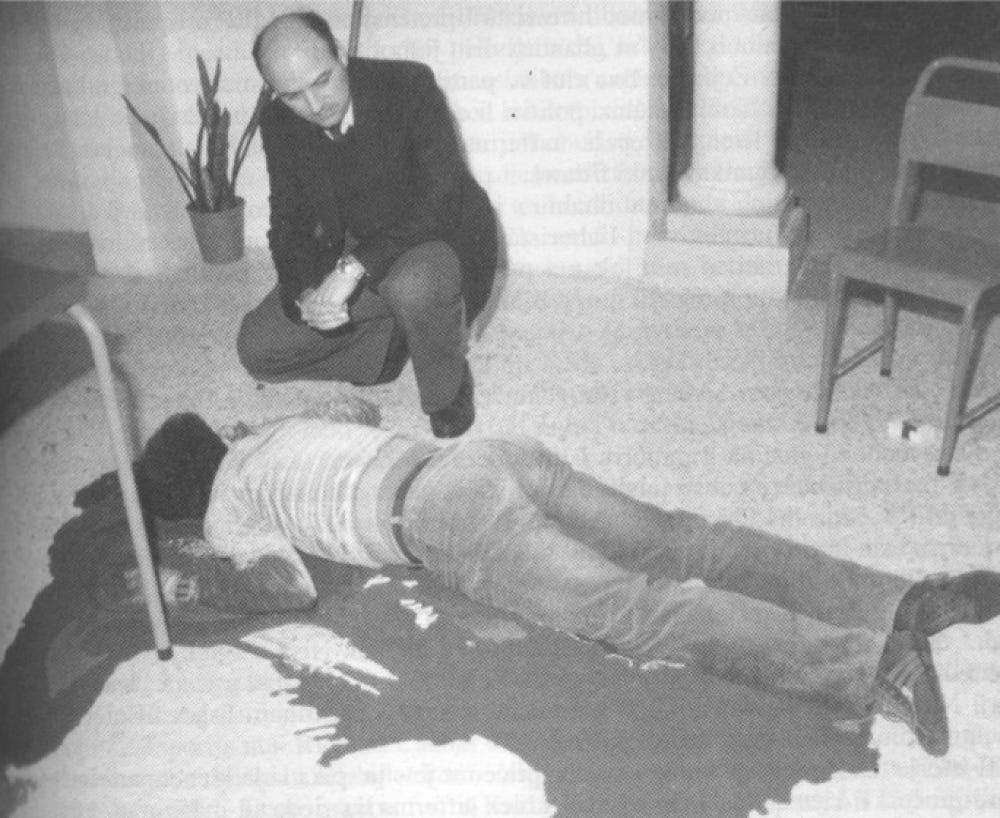
Labour’s nadir: violence and social tension
With the mass closure of private schools, social tensions only grew. Parents were grouping children in ‘clandestine’ classes inside private homes. And Sant knows what this has meant for decades thereafter: “Pupils attending these lessons – and those organizing them – ended up imbued with the feeling they were being victimised for who they and their families were, because of the private ‘Catholic’ education they sought to follow. The experience would mark them for life, turning most into new generation citizens harbouring deep anti-Labour sentiments,” Sant wrote.
KMB may have developed a calm ‘listening’ style “in contrast to the rumbustious style of the Mintoff years” – as Sant reported in those years to the Economist Intelligence Unit – but street violence, mainly associated with militants close to minister Lorry Sant, would darken the 1980s. Sant even believes Mintoff himself could have used “hidden capillary contacts” to foment this violent resistance.
On the eve of the 1986 Tal-Barrani meeting, when the PN and its supporters were blocked by police and Labour activists from entering Żejtun, Sant was called to Castille by Mifsud Bonnici. Labour was having its own public meeting in Ħaż-Żebbuġ on Sunday, and KMB wanted no Labour supporters to go to Żejtun “for any reason. He explained that there was a strong sense of outrage among the people of Żejtun that the PN had chosen to carry out such a ‘provocative’ action in their hometown, which was in a very large majority red.”
Sant had seen those ‘hotheads’ and even some hardened criminals leaving Castille, after meeting KMB, believing they had found a new opening: Mintoff. On the fateful Sunday morning, the Tal-Barrani road leading to Żejtun was being blocked by makeshift barricades. Sant says two different sources told him Mintoff had encouraged protesters who went to see him to resist the PN meeting. “According to another source who was involved on Sunday with friends in putting up a barricade at an entry point to Żejtun from the Fgura side, Mintoff visited them in the morning. Beyond these reports, I had no other direct evidence of Mintoff’s alleged collusion in the Żejtun fracas.”
The ineptitude of KMB
The PN’s Tal-Barrani meeting may have been a high-stakes gamble, well aware as it was of the Żejtun hardcore resistance to its convening there. “Still, the point remained that the PN had every right to stake out for a political meeting at Żejtun. I think to this day that the failure of the KMB administration to let them do so without problems and shrug the whole story off, cost Labour the 1987 election.”
Gloom shrouded Malta in Christmas of 1986: Raymond Caruana was shot dead at the PN Gudja club; the frame-up of Pietru Pawl Busuttil, with the planting of Special Mobile Unit guns and hashish in his Safi farm, and his subsequent acquittal, captured the frayed state of the island. But KMB was no hapless protagonist to all this breakdown in rule of law. Far from it. His inability, or maybe unwillingness to take control of his party and government by extricating it from the violence that his ministers invited, would forever tarnish Labour’s image. The incidents that seal Mifsud Bonnici’s ineptitude are forever linked to the violence of the times, that provoke emotional reactions in people like Therese Comodini Cachia.
Journalist Dione Borg, who interviewed Mifsud Bonnici for Libertà Mhedda, a chronicle of the 1980s violence under Labour, perhaps encapsulates KMB’s shortcomings best: politics unravelled the man with a gentle face, humble, intelligent and meticulous in his professional life.
“He was placed into politics in an unnatural manner, at the height of the worst of Maltese politics... even the way he was inserted in the MLP leadership, was unorthodox and not democratically correct. Mintoff wanted to keep under control a dangerous political current inside the MLP – so he landed Mifsud Bonnici right into that boiling cauldron. And if that was Mintoff’s will, then the party would accept it as such. It was unjust to Karmenu himself.”
But Borg also says KMB did have the opportunity to practice what he preached, and that he was obliged as Labour leader and PM to change the country’s direction from the political violence and murder, the discrimination and injustice. “He had that opportunity and obligation not to the let the country go the brink. I think Karmenu did not do that; he did not use his belief in social justice to change the country’s direction. Indeed he ended up at the centre of these episodes of political violence, despite being the opposite to what he represents as a person.”

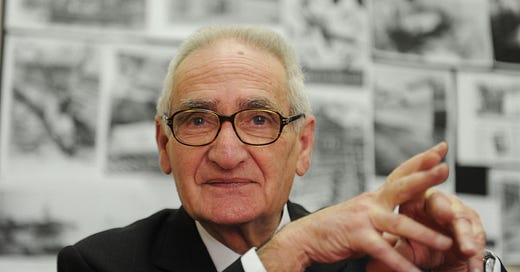



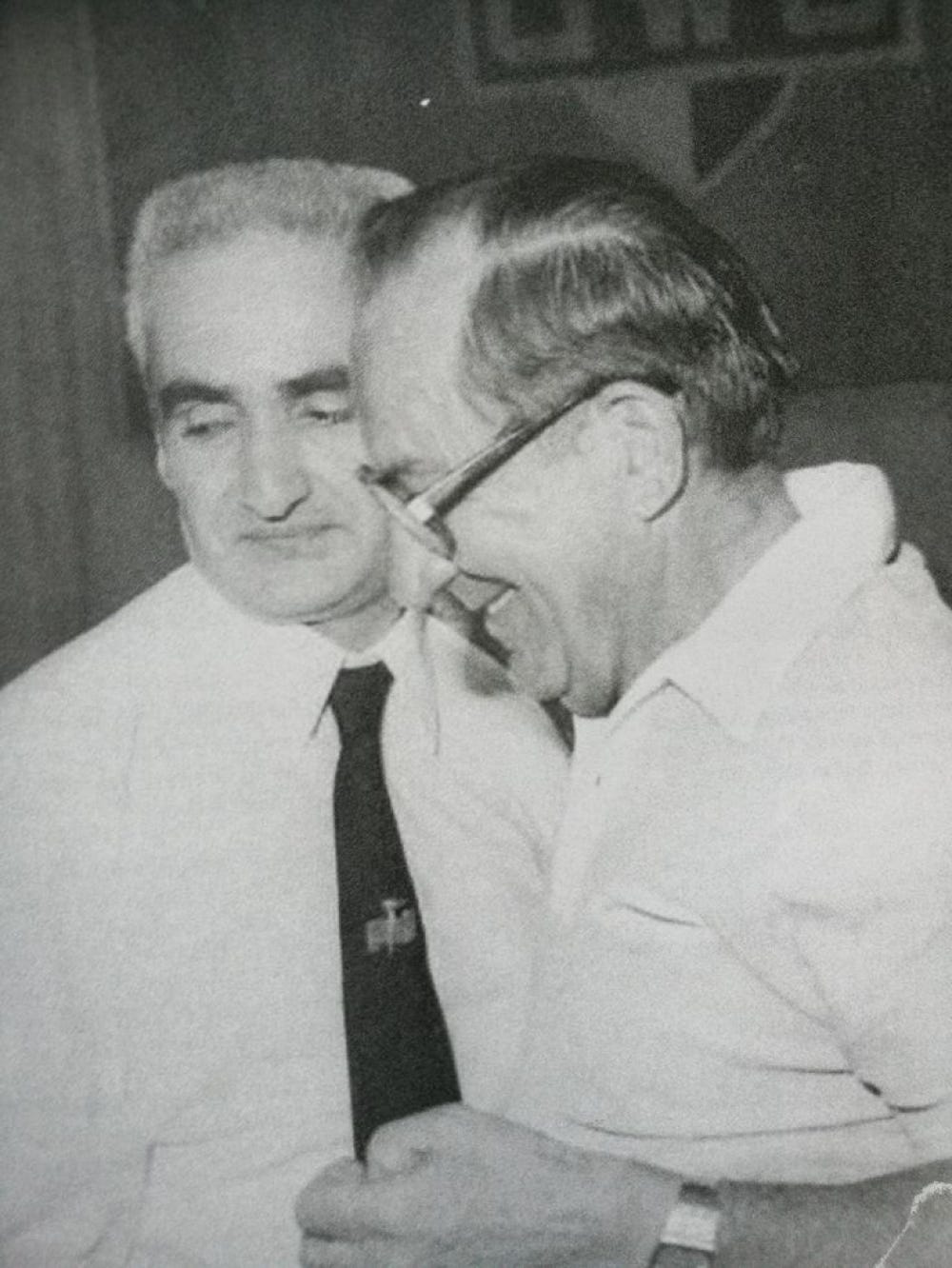
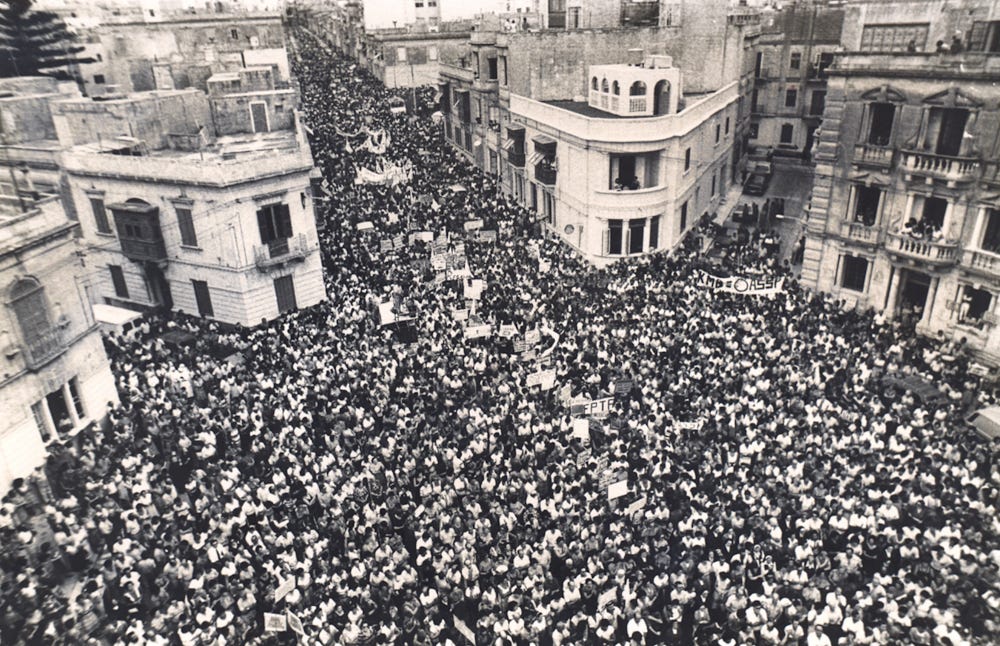
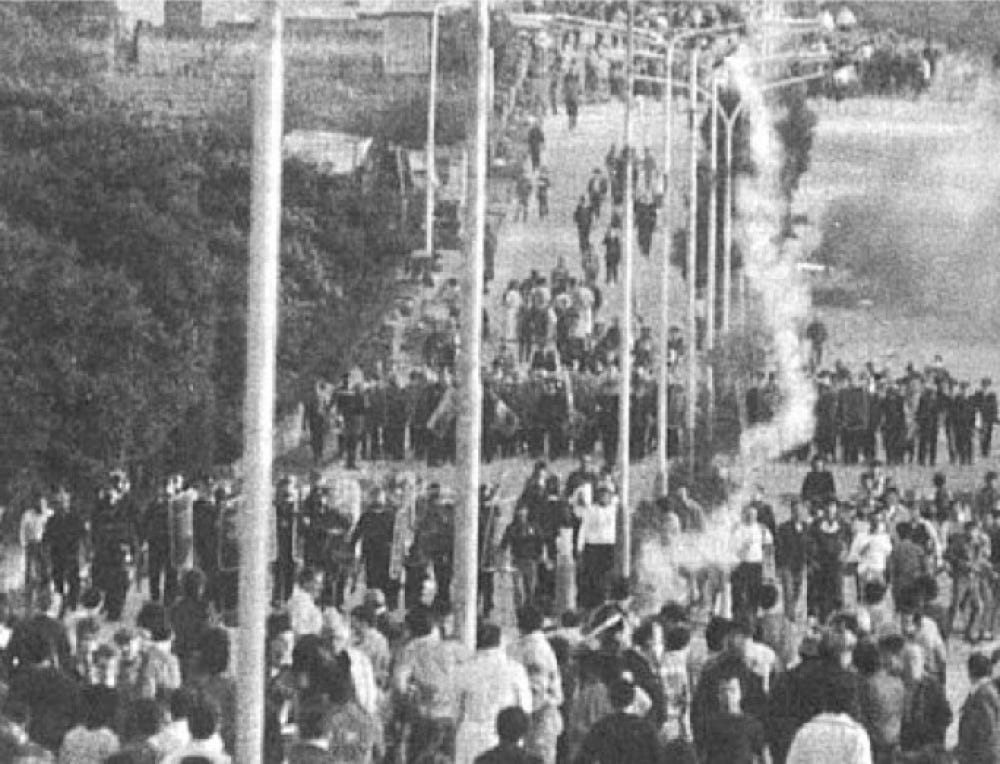
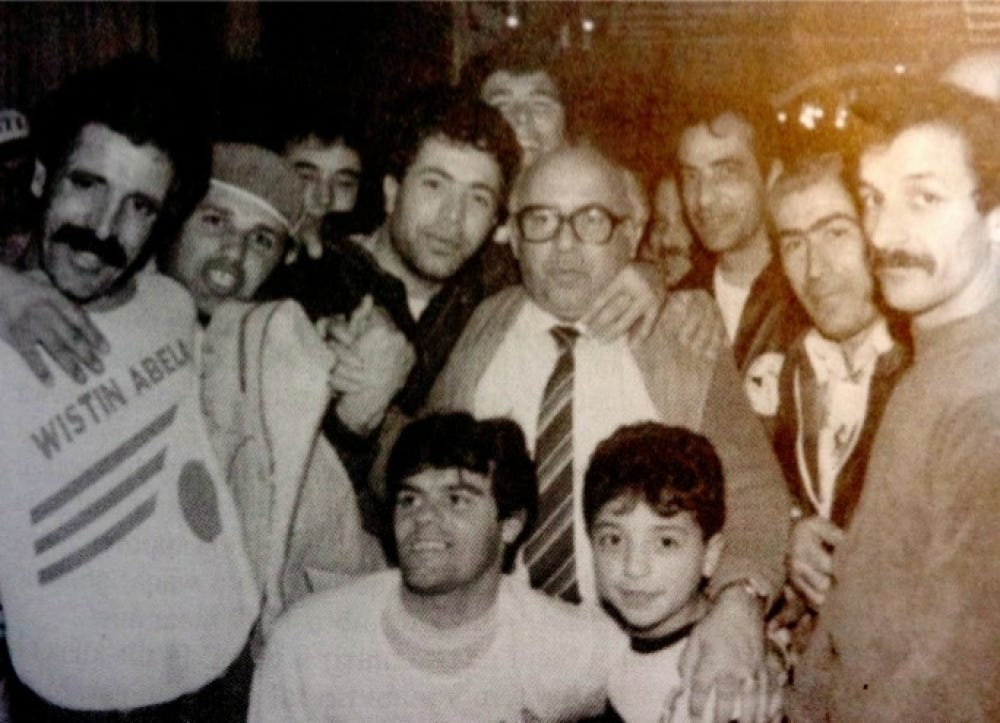
I migrated from Malta in 1973. Back then, I always viewed the labor party as ' Il partit tal marmalia'
I am now enjoying my retirement and considering my return for my twilight years, but I keep asking myself.....are those bad, dark days really over ?